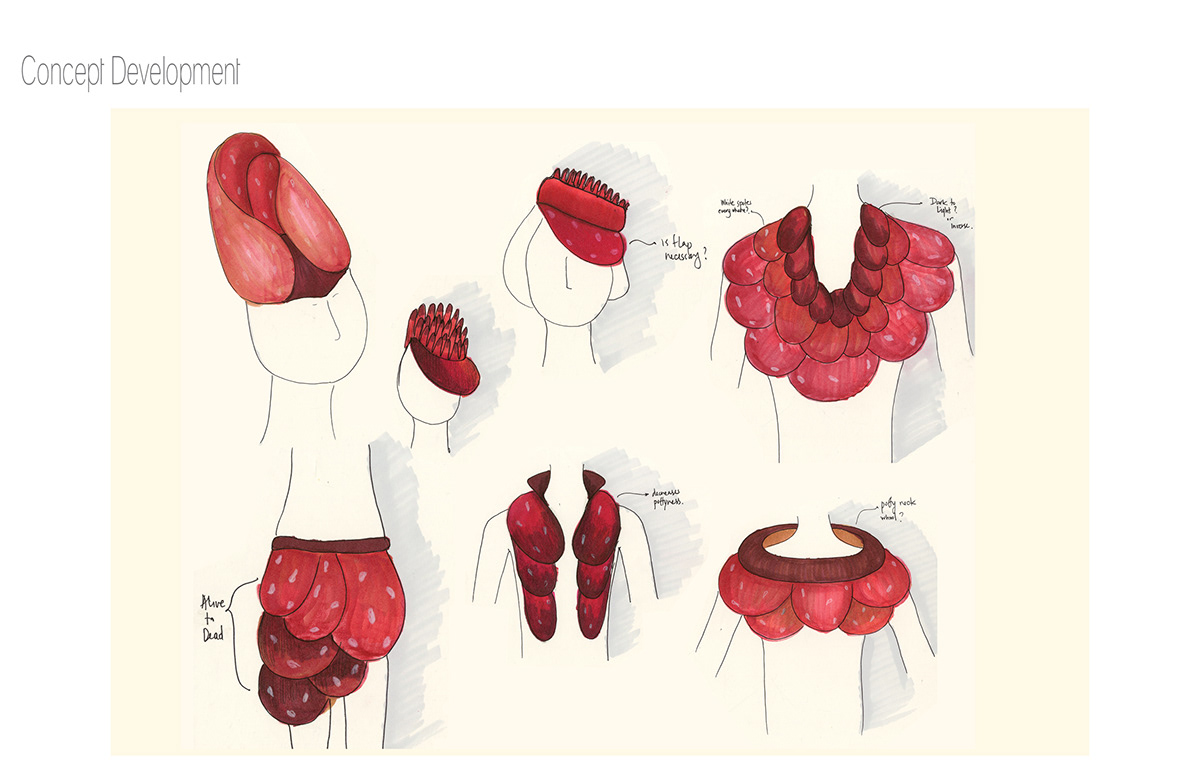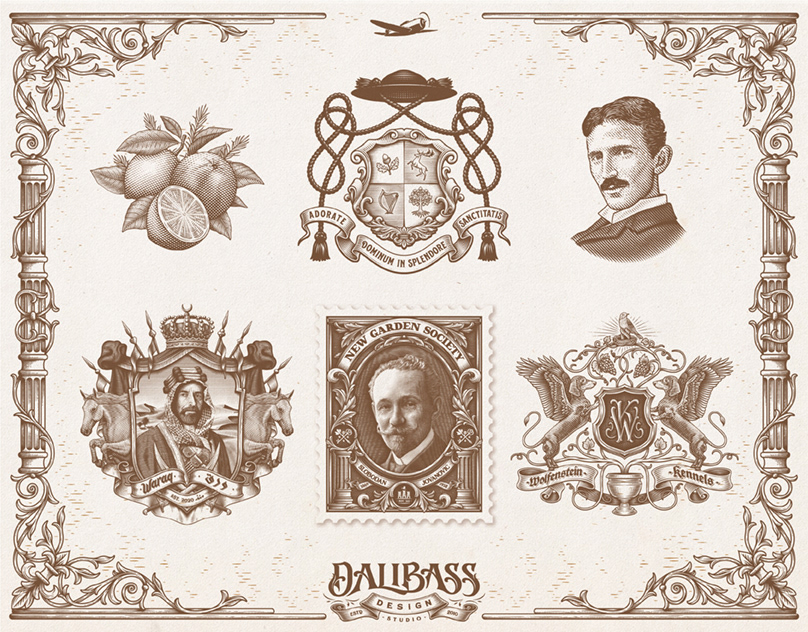

Originally from South East Asia, this plant has no specific flowering season so it’s rare to find one when it’s blooming. It has no roots, stem or leaves and it’s one of the world’s largest bloom reaching up to one meter in diameter. After nine months of growth five beautiful red petals covered with lighter colored spots open while emitting a foul odor that has given its most common name: play dead plant.

My inspiration was drawn from one of the largest, solitary, parasitic fleshy flowers in the world: the Rafflesia Arnoldii.
I'm inspired mostly by its different textures, the dark red spongy-like petals and red to orange inner dendrites which make me want to touch and feel them. I like the fact that it opens and closes like it had 5 blankets that were embracing you and the way color defines its different states of being: red - alive and black - dead.

I started working with the idea of scale since this was one of the main characteristics from the flower that interested me. The overpowering sensation that this flower’s scale would impose on you if you would wear it.
While working on different ideas of what it could be, I finally decided it would be a head piece. It’s ‘petals’ would look like they were growing over your head until one final giant ‘petal’ embraces the whole head like it was eating it.

Small mock-ups where developed in order to visualize the sketched ideas.

A full scale paper model was done and used as the sewing pattern for the final head piece.

Color
The color palette is drawn from the way color defines the flower’s different states of being: red/alive and black/lifeless
Materials
I wanted to work with fabrics that stayed honest to the flower’s different textures. I was inspired by the dark red spongy-like petals and red to orange inner dendrites which made me want to touch and feel them.









